When you visit a website like www.google.com, you’re using something called a domain name.
It’s that easy-to-remember address that helps you get to a specific place on the internet without typing a string of confusing numbers.
But a domain name isn’t just one thing — it’s made up of different parts, and each plays a role in telling your browser exactly where to go.
In this guide, you’ll learn how to break down a domain name into smaller chunks so it’s easier to understand.
You’ll also see how each piece works, what it’s called, and why it matters. If you’re building a website, starting a blog, or buying a domain, this will make the process feel a whole lot simpler.
Let’s dive right into the parts of a domain you should know.
What is a domain name?
Before you look at the different parts, let’s define what a domain name actually is.
A domain name is a text-based address that lets people visit your website. It replaces the need to memorize a long series of numbers called an IP address.
You type the domain into a browser — like Chrome or Safari — and you’re directed to the right server where your site lives.
The 5 key parts of a domain
Here’s how a domain is structured from start to end:
www.blog.example.co.ke
Now let’s break down each part.
1) Subdomain
This is the first part of the domain that comes before the main domain name. Think of it like a room in a house.
- Example: In
blog.example.com, the word blog is the subdomain. - It helps you organize or separate sections of your website.
Common subdomains include:
www– the standard one most people knowshop– for e-commerce areassupport– for help desksapp– for web apps
You can skip the subdomain entirely, or create multiple for different parts of your site.
Tip: Subdomains can help when you want a different design, login, or layout without needing to buy a new domain.
2) Second-level domain (SLD)
This is the main word in your domain — the part you actually pick and register.
- In
example.com, the word example is the second-level domain. - This is your brand name, and it’s what people will remember and search for.
It’s called “second-level” because it sits just before the top-level domain, which we’ll get to in a moment.
Pick an SLD that’s short, easy to type, and reflects your brand or idea. Avoid numbers, dashes, or hard-to-spell words.
3) Top-level domain (TLD)
This is the extension at the end of the domain name.
- In
example.com, the .com is the top-level domain.
There are different kinds of TLDs:
| Type | Examples | Description |
|---|---|---|
| Generic (gTLD) | .com, .org, .net, .info | Commonly used everywhere |
| Sponsored | .gov, .edu, .mil | Restricted to specific organizations |
| Country-code | .ke, .uk, .ng, .de | Used for country-specific websites |
If you’re in Kenya, using .co.ke or .ke can help your website rank better locally. That’s called geo-targeting.
4) Root domain
When you combine the SLD and the TLD, you get what’s called the root domain.
- So,
example.comis the root domain. - This is what you actually register and own.
You can build your website, set up emails, or add subdomains based on the root.
5) Fully qualified domain name (FQDN)
This is the complete version of your domain.
- Example:
www.blog.example.co.ke - It includes everything — from the subdomain all the way to the TLD.
You’ll often see this used in technical documentation, SSL certificates, or hosting dashboards.
The FQDN is the most specific way to identify your domain. It helps servers know exactly which part of your site someone is requesting.
Extra: The domain path
This part is not part of the domain itself, but it’s still useful to understand.
When you see something like this:
example.com/about-us
- The
/about-usis called the URL path. - It points to a specific page or section inside your site.
You don’t need to register this part — you create it when you build pages on your site.
Quick visual breakdown
Here’s a simple visual to help you make sense of everything:
www.blog.example.co.ke
│ │ │ └── TLD (.co.ke)
│ │ └────────── SLD (example)
│ └────────────────── Subdomain (blog)
└─────────────────────── Subdomain (www)
Recap: The parts of a domain
| Part | Example | What it does |
|---|---|---|
| Subdomain | www. or blog. | Organizes sections of your website |
| Second-level domain | example | Your brand name—what people remember |
| Top-level domain | .com, .co.ke | Extension that adds context (global or local) |
| Root domain | example.com | SLD + TLD = The domain you register |
| FQDN | www.blog.example.com | The complete version used in systems |
Where to buy and manage your domain
You can register a domain name through a domain registrar. These are companies that sell and manage domain names.
Some popular options include:
- Truehost – great for
.co.kedomains - Namecheap
- GoDaddy
- Google Domains
Most registrars let you search, buy, renew, and manage everything from one dashboard.
Why Truehost Kenya is a great choice for your domain
If you’re building a brand with local roots, Truehost is one of the best domain registrars to consider.
We specialize in top level domains, and country level domains, offer fast support, and provide everything you need under one roof — from domain registration to hosting, email, and SSL certificates.
More reasons to choose us:
- Affordable Kenyan domains – Get
.co.ke,.or.ke,.sc.kedomains at competitive prices - Free DNS management – Update your records without extra fees
- Instant domain activation – Your domain goes live within minutes
- Full control panel access – Manage domains, hosting, and emails from one dashboard
- Bulk registration support – Ideal for agencies and resellers
Whether you’re launching a blog, e-commerce site, or business portal, Truehost makes it easy to get started.
We also offer web hosting packages, VPS, and cloud servers tailored for Kenyan websites.
Looking for a local registrar that understands your needs and offers instant support? Go with Truehost—trusted by thousands of Kenyan businesses.
Over 30,000 .ke domains registered
Final thoughts
Now that you understand the parts of a domain, you’re better equipped to make smart decisions for your brand or business. Knowing the difference between a subdomain, SLD, and TLD will help you:
- Set up your website structure more clearly
- Choose the right domain name extension for your audience
- Avoid confusion when buying or transferring domains
Want to go further? Look into DNS (domain name system) settings next — that’s how your domain connects to web hosting and email.
 Domain SearchInstantly check and register your preferred domain name
Domain SearchInstantly check and register your preferred domain name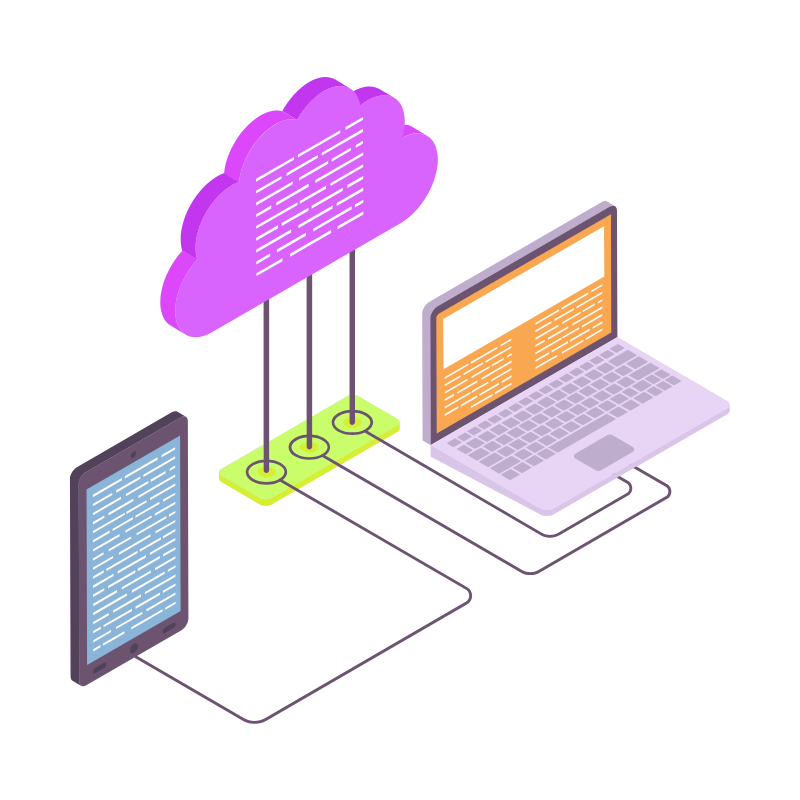 Web Hosting
Web Hosting cPanel HostingHosting powered by cPanel (Most user friendly)
cPanel HostingHosting powered by cPanel (Most user friendly)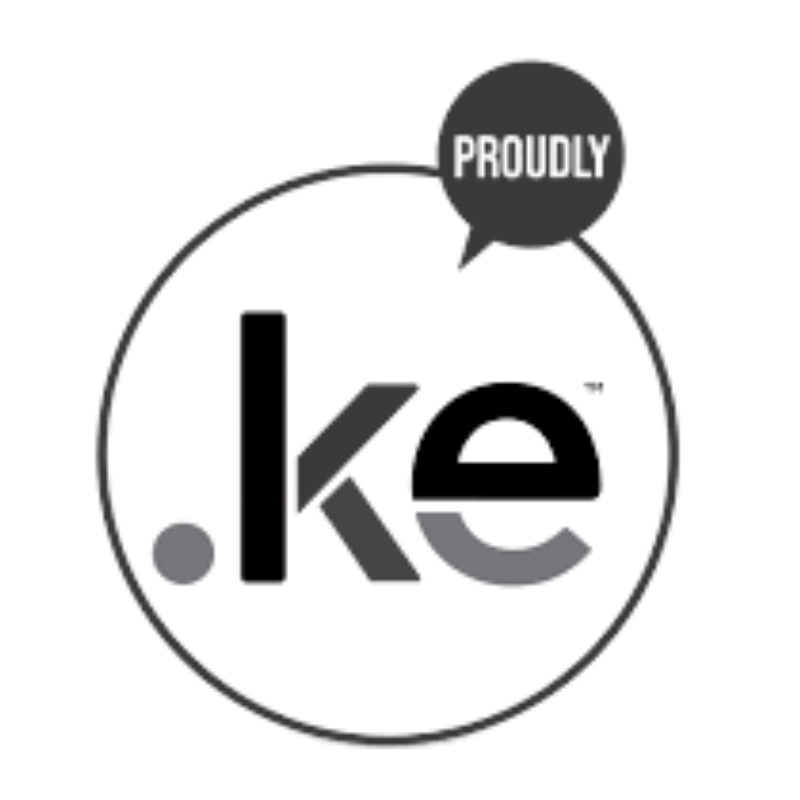 KE Domains
KE Domains Reseller HostingStart your own hosting business without tech hustles
Reseller HostingStart your own hosting business without tech hustles Windows HostingOptimized for Windows-based applications and sites.
Windows HostingOptimized for Windows-based applications and sites. Free Domain
Free Domain Affiliate ProgramEarn commissions by referring customers to our platforms
Affiliate ProgramEarn commissions by referring customers to our platforms Free HostingTest our SSD Hosting for free, for life (1GB storage)
Free HostingTest our SSD Hosting for free, for life (1GB storage) Domain TransferMove your domain to us with zero downtime and full control
Domain TransferMove your domain to us with zero downtime and full control All DomainsBrowse and register domain extensions from around the world
All DomainsBrowse and register domain extensions from around the world .Com Domain
.Com Domain WhoisLook up domain ownership, expiry dates, and registrar information
WhoisLook up domain ownership, expiry dates, and registrar information VPS Hosting
VPS Hosting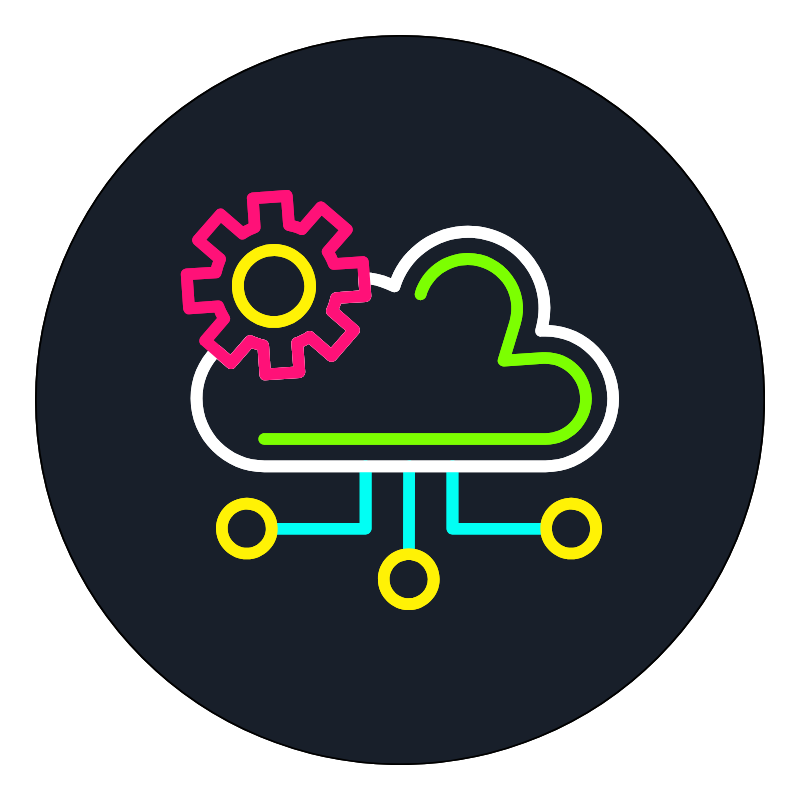 Managed VPSNon techy? Opt for fully managed VPS server
Managed VPSNon techy? Opt for fully managed VPS server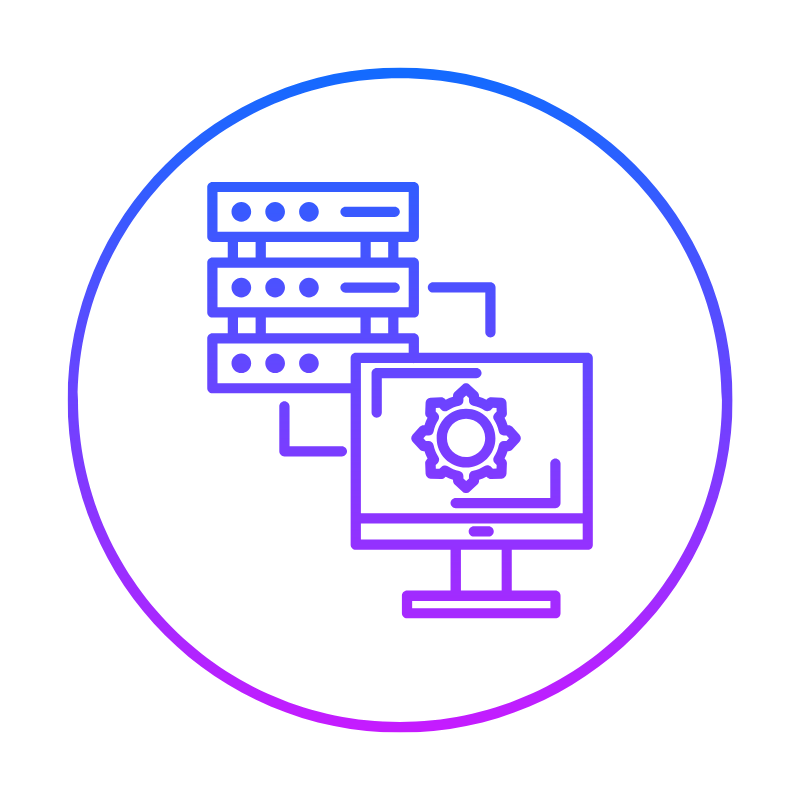 Dedicated ServersEnjoy unmatched power and control with your own physical server.
Dedicated ServersEnjoy unmatched power and control with your own physical server.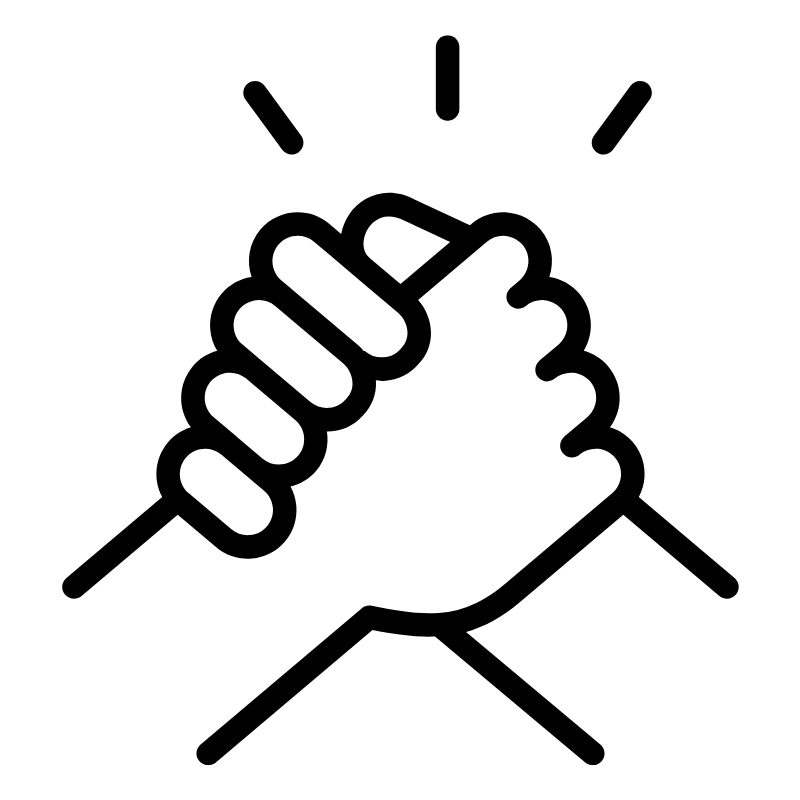 SupportOur support guides cover everything you need to know about our services
SupportOur support guides cover everything you need to know about our services